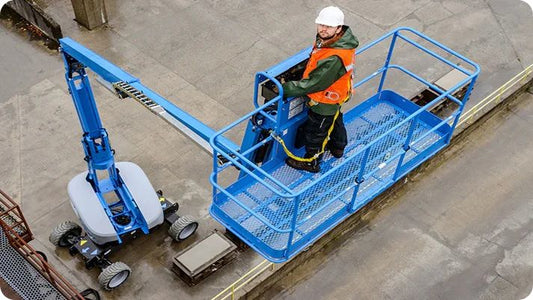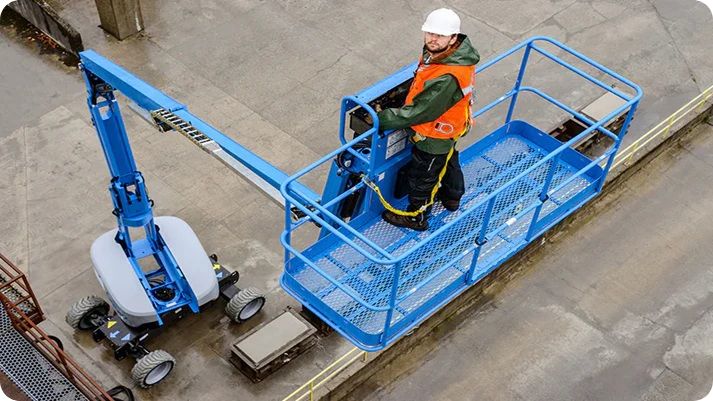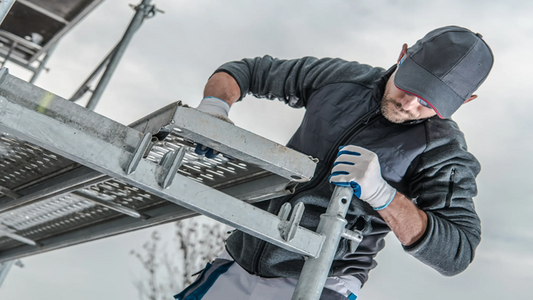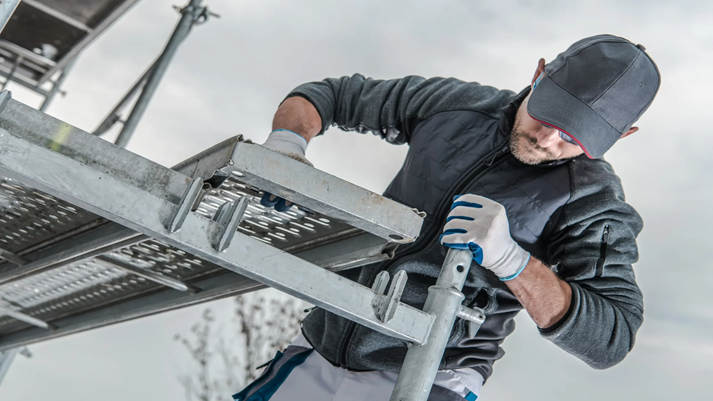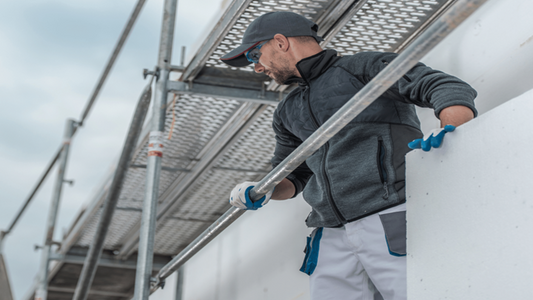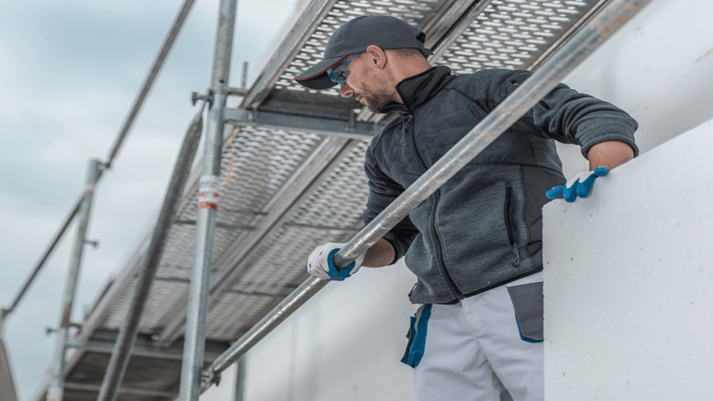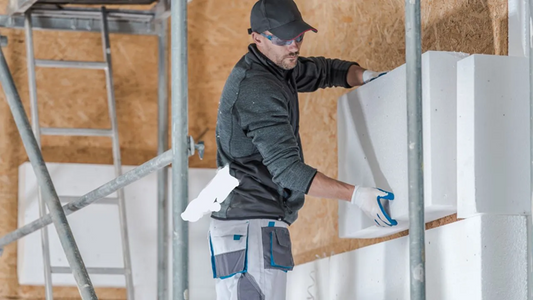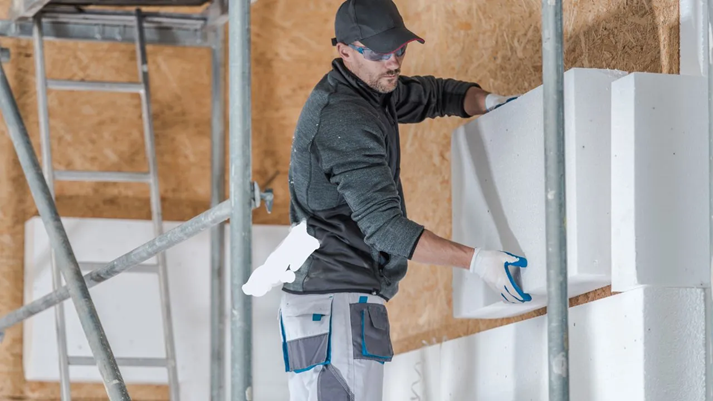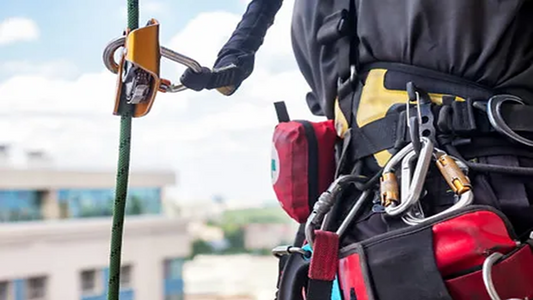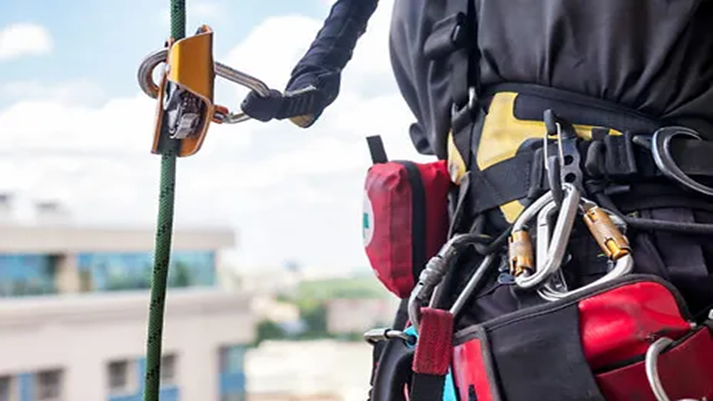Many people wonder if it is legal to erect scaffolding themselves, whether it is for work on their own home or for projects in a professional context. Although it may seem simple, there are strict rules associated with erecting scaffolding in Norway. In this article, we will review what the law says, who can erect scaffolding, and what requirements apply – with a focus on safety and proper training.
What does the legislation say?
In Norway, the Norwegian Labour Inspection Authority's regulations on the performance of work (§ 17) regulate the setup and use of scaffolding. The rules are clear:
- Private individuals may only erect scaffolding if it is to be used for private work.
- If the scaffolding is to be used in a professional context or at a workplace, documented training is required for the person who assembles it.
This means that as a private individual you can set up scaffolding for use on your own home, for example for maintenance or painting. However, it is your responsibility to ensure that the scaffolding is assembled properly and in accordance with the manufacturer's instructions.
For professional use, the person installing the scaffolding must have completed approved training, such as an online scaffolding course .
When can you erect scaffolding yourself?
You can only assemble scaffolding yourself if the following criteria are met :
- The scaffolding should be used for private work and not by others, including professional craftsmen.
- The work performed takes place on your own property.
- You follow the manufacturer's assembly instructions carefully to ensure that the scaffolding is safe.
When erecting scaffolding over 2 meters, it is strongly recommended that you have a basic knowledge of safety and risk, although there is no requirement for a course for private use. However, for professional installations or rental purposes, documented training is required.
What are the requirements for professional use?
When scaffolding is used in a professional context, there are strict requirements:
- Documented training: The Norwegian Labour Inspection Authority requires that anyone who assembles, dismantles or makes changes to scaffolding over 2 meters has completed training. This can be a physical course or a flexible online scaffolding course .
- Risk assessment: Before setup, a risk assessment should be conducted that identifies hazards and necessary safety measures.
- Checking the scaffolding: After assembly, the scaffolding must be checked by a qualified person before being used.
Why are there rules for scaffolding?
Safety is our top priority. Incorrectly installed scaffolding can lead to serious accidents, both for those working at height and for people nearby. Therefore, it is important to:
- Choose the right type of scaffolding for the task.
- Follow the manufacturer's installation instructions carefully.
- Ensure that the scaffolding is secured against tipping and meets the requirements for load and stability.
Benefits of taking a scaffolding course
Although individuals can erect scaffolding for their own use, a scaffolding course provides valuable knowledge about safe assembly. For professional use, this is required, and an online scaffolding course will give you:
- Flexibility: Complete the course at your convenience.
- Safety: Learn to assemble scaffolding according to current regulations.
- Competence: Obtain documentation that shows that you meet the Norwegian Labour Inspection Authority's requirements.
Summary
It is allowed to erect scaffolding yourself, but only if:
- It is used privately on your own property.
- You follow the manufacturer's instructions and ensure that it is safe.
For professional or on-site work, documented training is required, and the scaffolding must comply with all safety requirements. By taking an online scaffolding course, you can ensure that you have the knowledge and skills needed to do the job safely and legally.




